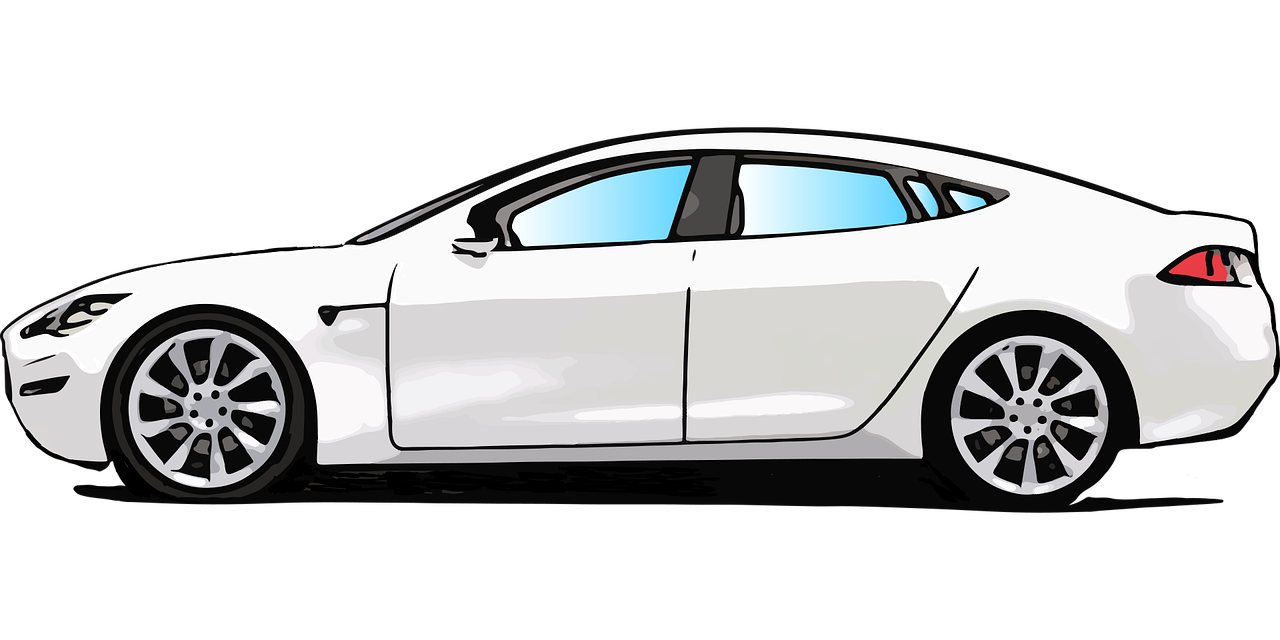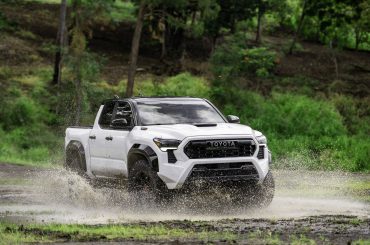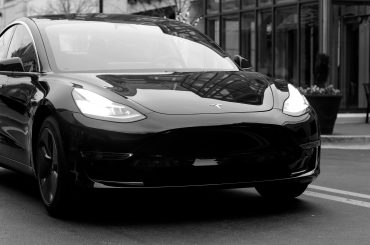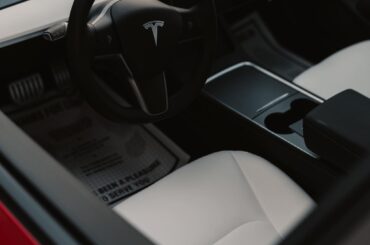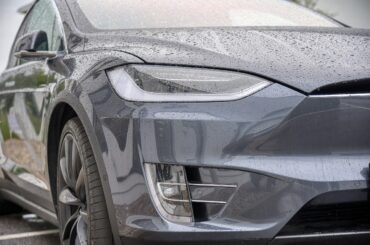Electric vehicles (EVs) have been gaining in popularity in recent years due to their environmental friendliness and improved battery technology. Tesla, one of the leading EV manufacturers, has been at the forefront of this trend with various innovative features that set its cars apart from other EVs. One question frequently arises about Tesla vehicles is whether they can charge themselves. This article ( do tesla cars charge themselves ) will explore this question and provide a clear answer.
Contents
Do tesla cars charge themselves ?
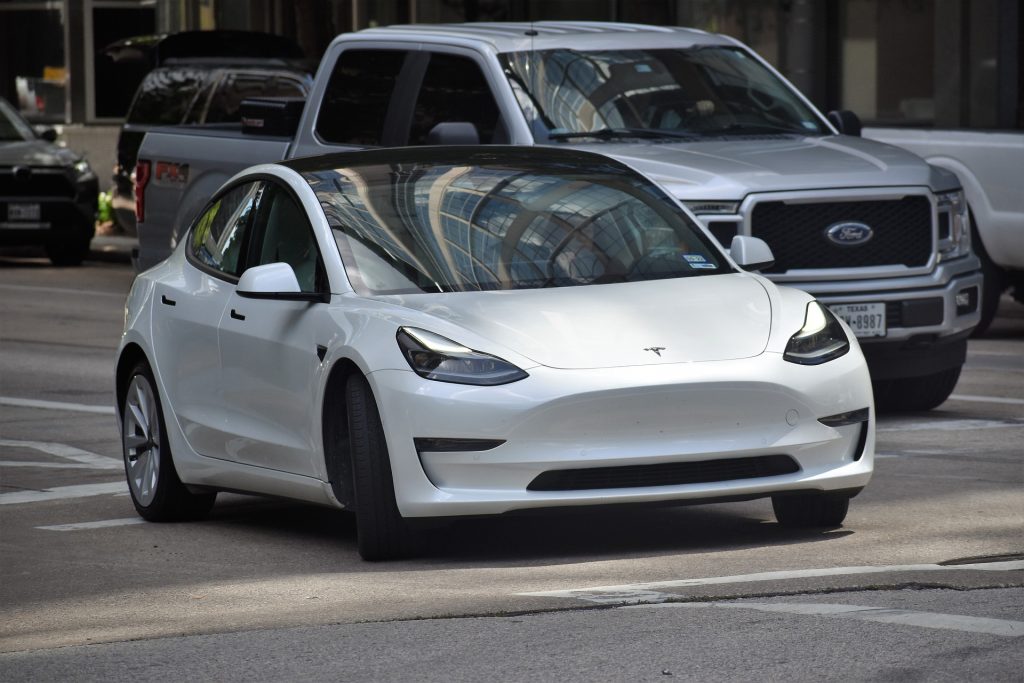
Tesla’s Charging System :
Tesla vehicles are designed to be charged using various methods, from a standard electrical outlet to a dedicated Tesla Wall Connector or a public charging station. The charging system in a Tesla includes a built-in charging port, an onboard charger, and a charging cable.
One of the most convenient options for Tesla owners is to charge their vehicles at home. To do this, they can install a Tesla Wall Connector, which is a high-speed charger that provides up to 44 miles of range per hour of charge. This can be installed in a garage or other convenient location and can be set to charge the car during off-peak hours to take advantage of lower electricity rates.
Another option for home charging is to use a standard electrical outlet, although this method is slower and provides around 3-5 miles of range per hour of charge. This is more suitable for overnight charging but may need to be more practical for daily use.
For charging on the road, Tesla has developed its Supercharger network, which is a network of fast-charging stations located along major highways and routes. These stations can charge a Tesla vehicle to 80% in as little as 30 minutes and are often located near restaurants, shopping centers, and other amenities.
In addition to the Supercharger network, Tesla owners can charge their vehicles at other public charging stations, such as ChargePoint or EVgo. Tesla vehicles have a built-in adapter that allows them to charge at any Level 2 charging station, which provides up to 30 miles of range per hour of charge.
Tesla’s charging system provides various options for owners to charge their vehicles at home, work, or on the road. With the Supercharger network and other public charging stations, Tesla owners can confidently travel long distances without worrying about running out of power.
Tesla’s Autopilot and Summon Features :
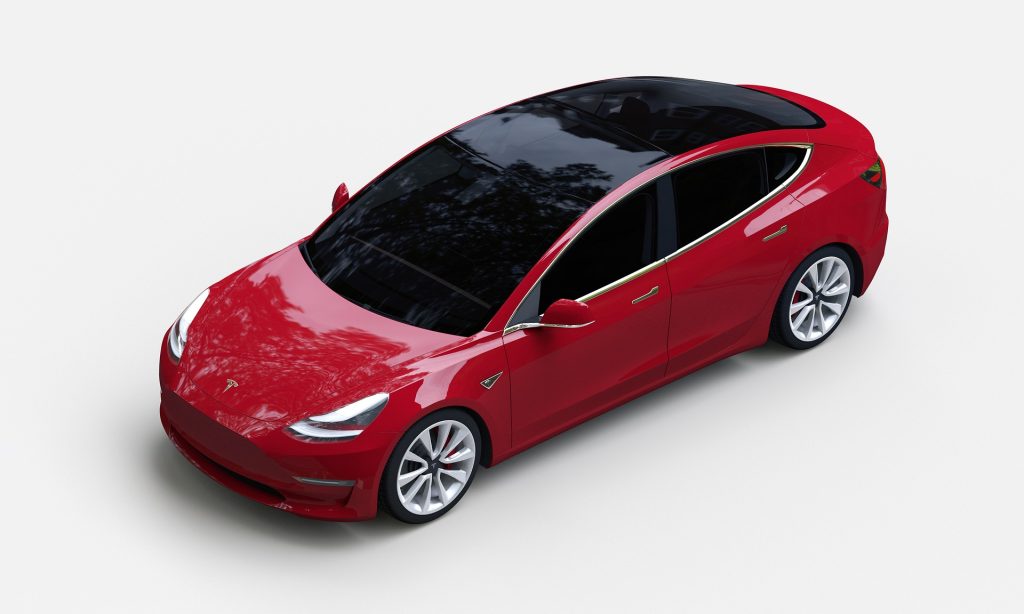
Tesla’s Autopilot and Summon features have been a game-changer in the world of electric vehicles, offering a glimpse of what is possible with advanced automation and AI technologies. However, while these features are impressive, they cannot charge the car’s battery.
Autopilot is Tesla’s advanced driver assistance system that allows the car to steer, accelerate, and brake independently. This feature uses a combination of cameras, sensors, and radar to detect the surrounding environment and respond accordingly. Autopilot can also help the car change lanes, navigate highway exits, and park itself in a parallel or perpendicular spot.
On the other hand, Summon allows the car to park and unpark itself with the help of the Tesla mobile app. This feature is handy in tight parking spaces or when the driver needs to park the car remotely. However, like Autopilot, Summon cannot charge the car’s battery.
It’s important to note that Autopilot and Summon are not fully autonomous and require the driver to be attentive and ready to take control of the vehicle at any time. Tesla owners should use these features responsibly and only in safe and appropriate situations.
While Autopilot and Summon are impressive features demonstrating Tesla’s commitment to innovation and technology, they are not designed to charge the car’s battery. Tesla owners must still use the available charging options to keep their vehicles powered up and ready to go.
Self-Charging EVs :
Self-charging EVs are an emerging technology that promises to revolutionize our thoughts about electric vehicles. These cars can charge themselves using solar panels or other technologies, making them more sustainable and eco-friendly than traditional EVs. However, like any new technology, self-charging EVs have their own set of limitations and challenges.
Self-charging EVs work by incorporating solar panels or other renewable energy sources into the car’s design. This allows the vehicle to generate its own electricity and recharge its batteries while on the move. In some cases, the car can also feed excess energy back into the grid, providing a sustainable power source for other electric vehicles.
The benefits of self-charging EVs are numerous. They are more sustainable and eco-friendly than traditional EVs, as they generate their own electricity using renewable energy sources. They also reduce the dependence on charging infrastructure, as the car can charge itself while on the move. Additionally, self-charging EVs offer greater independence and flexibility, as the driver does not need to rely on external charging stations or power outlets.
However, self-charging EVs also have their limitations and challenges. The efficiency of solar panels can vary depending on the weather conditions, which may affect the car’s charging capacity. Additionally, the initial cost of self-charging EVs may be higher than traditional EVs due to the added cost of incorporating renewable energy technologies into the car’s design. There may also be limitations on the distance the car can travel, as the size and capacity of the solar panels may be limited.
In conclusion, self-charging EVs are an exciting new technology offering a sustainable and eco-friendly alternative to traditional ones. While there are still challenges to overcome, the potential benefits of self-charging EVs make them a promising option for the future of electric transportation.
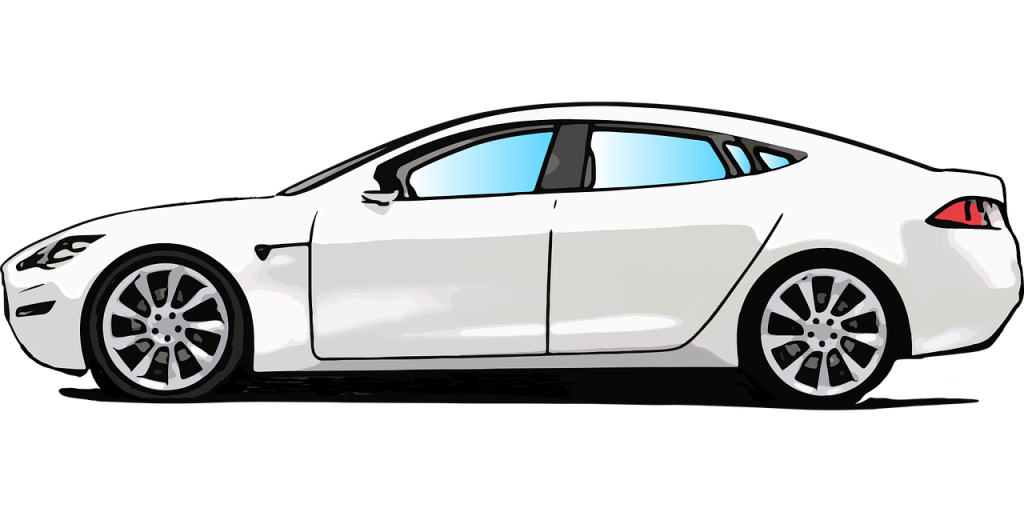
In conclusion, Tesla cars cannot charge themselves. Tesla vehicles must be charged using a charging cable that can be plugged into a charging port, and the car’s battery can be charged using different charging options available to Tesla owners, including at home, work, or on the road.
While Tesla ‘s Autopilot and Summon features are impressive, they are not designed to charge the car’s battery. However, the future of electric vehicles looks promising, and self-charging technology is an emerging technology that could be incorporated into Tesla vehicles in the future.
Self-charging EVs offer a sustainable and eco-friendly alternative to traditional EVs. While they still have limitations and challenges to overcome, their potential benefits make them a promising option for the future of electric transportation.
In summary, while Tesla cars do not charge themselves, the company is committed to innovation and technology. We expect continued advancements in EV technology, including the potential for self-charging technology to be incorporated into Tesla vehicles.
Does tesla insurance cover rental cars ? – 2023


